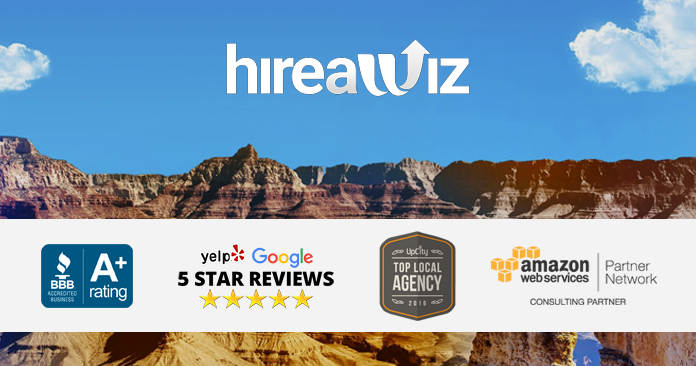Why video? Statistics indicate that that 17% of people spend less than four seconds on a website, but they are willing to spend 2.7 minutes watching a video online. Video is powerful especially if it has quality, educates or engages the viewer. The focus of this blog is on video SEO and not how to create a viral video. Let’s start of by answering the basic question of what is video SEO and why is it important? Video SEO is when you use videos to help get your site and content indexed for search results. Research shows that it’s much easier bolster your SEO results by integrating your site with videos. Most people think of videos they think of YouTube. We will explain how you can rank higher in search results and increase your domain ranking with video and how to optimize video for SEO. From our point of view, there are 3 primary purposes for video from an SEO perspective:
- Ranking, traffic and conversions: Help boost your website/blog or video results to get more click and hopefully customers.
- Brand impressions and notoriety: Help get the word out about your business/brand.
- Links: Building credible, quality backlinks back to your website/blog.
- YouTube
- Vimeo
- DailyMotion
- MetaCafe
- Flickr
- Viddler
- Vine.co
- Titles: Always provide an informative and if possible catchy title to draw your users to click and play the video. When optimizing for SEO try to include keywords in the title.
- Descriptions: This gives the user more information about the video. Tell the user what your video is about and what makes it unique. Keep it brief, simple but informative is key to well written description. Carefully add keywords where every possible. If the site allows you to link back to your site add the link in the description as well. If you can put in a URL put it at the start of the description so that it doesn’t get lost in the more info/read more section.
- Tags: Tags are helpful because they help tell search engines how to categorize your data. Services like YouTube use the tags to associate your videos with other related videos. Most video services are starting to follow the lead of YouTube and are allowing for smart tags. Whenever possible try to add tags to your videos especially on YouTube.
- Transcriptions: Content is king! If you are adding video content to your website always try to add a transcription whenever possible. It not only benefits you with SEO but also accessibility for users visiting your site that may not be able to see but are using a screen reader.
- Video sitemaps: Creating and submitting a sitemap for the videos on your site will make it easier for search engines to find and index your videos. This in turn will result in your video showing up as a snippet or search engine result for a keyword ultimately leading people to click on the link or video to watch the content on your website vs. on YouTube or Vimeo. If you don’t know how to generate a video sitemap you can read this Moz blog or signup for Google Web Master tools and generate an account there.
- Social Shares: If you have a quality video that ultimately offers something to the viewer ( evoke an emotion or educate them) make sure you have an easy way for them to share it, either by clicking the Tweet/Share button. The AddThis and ShareThis services are great scripts to include on your video pages.
